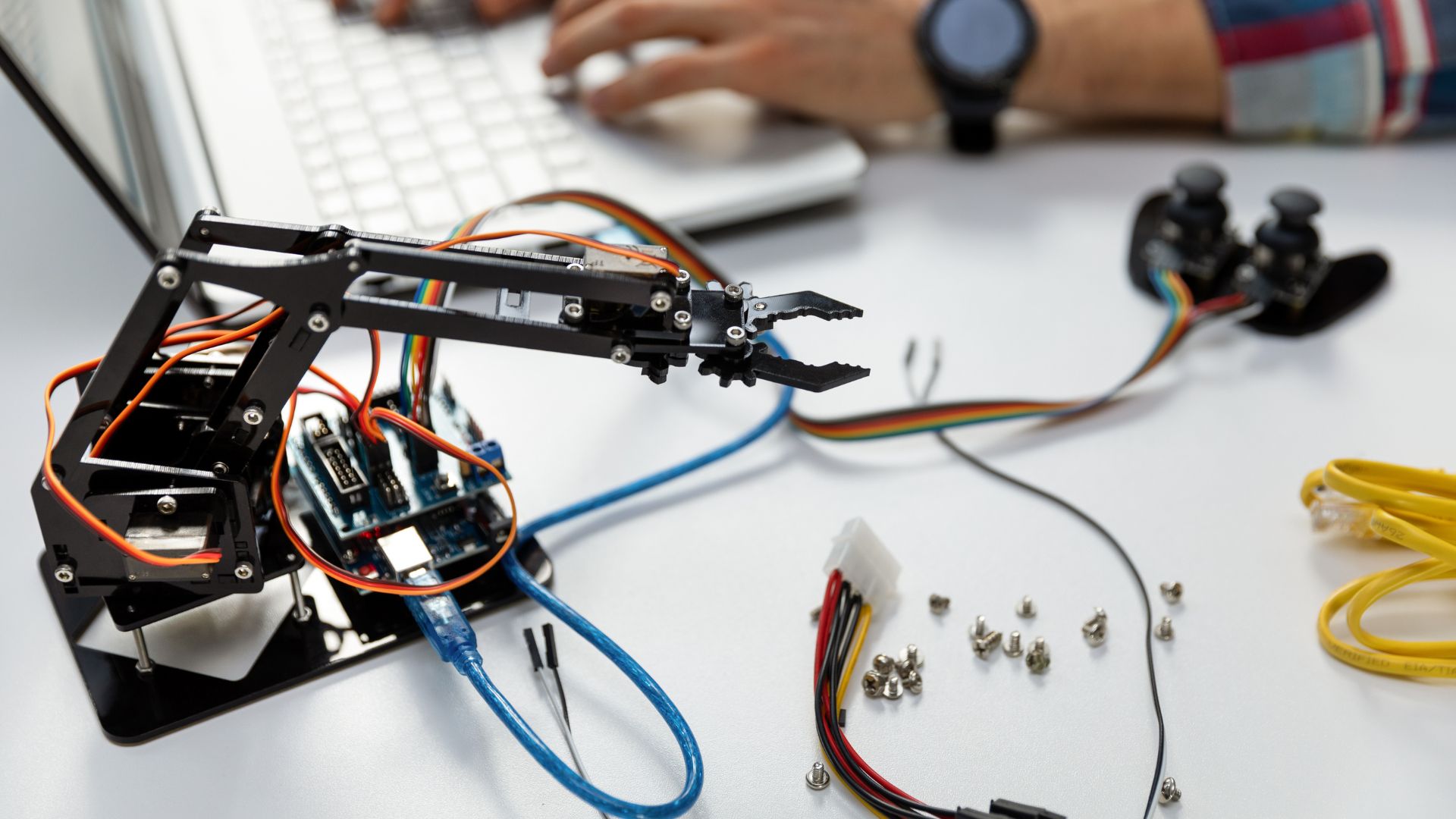Why Won’t My Robot Work? Common Issues and How to Fix Them
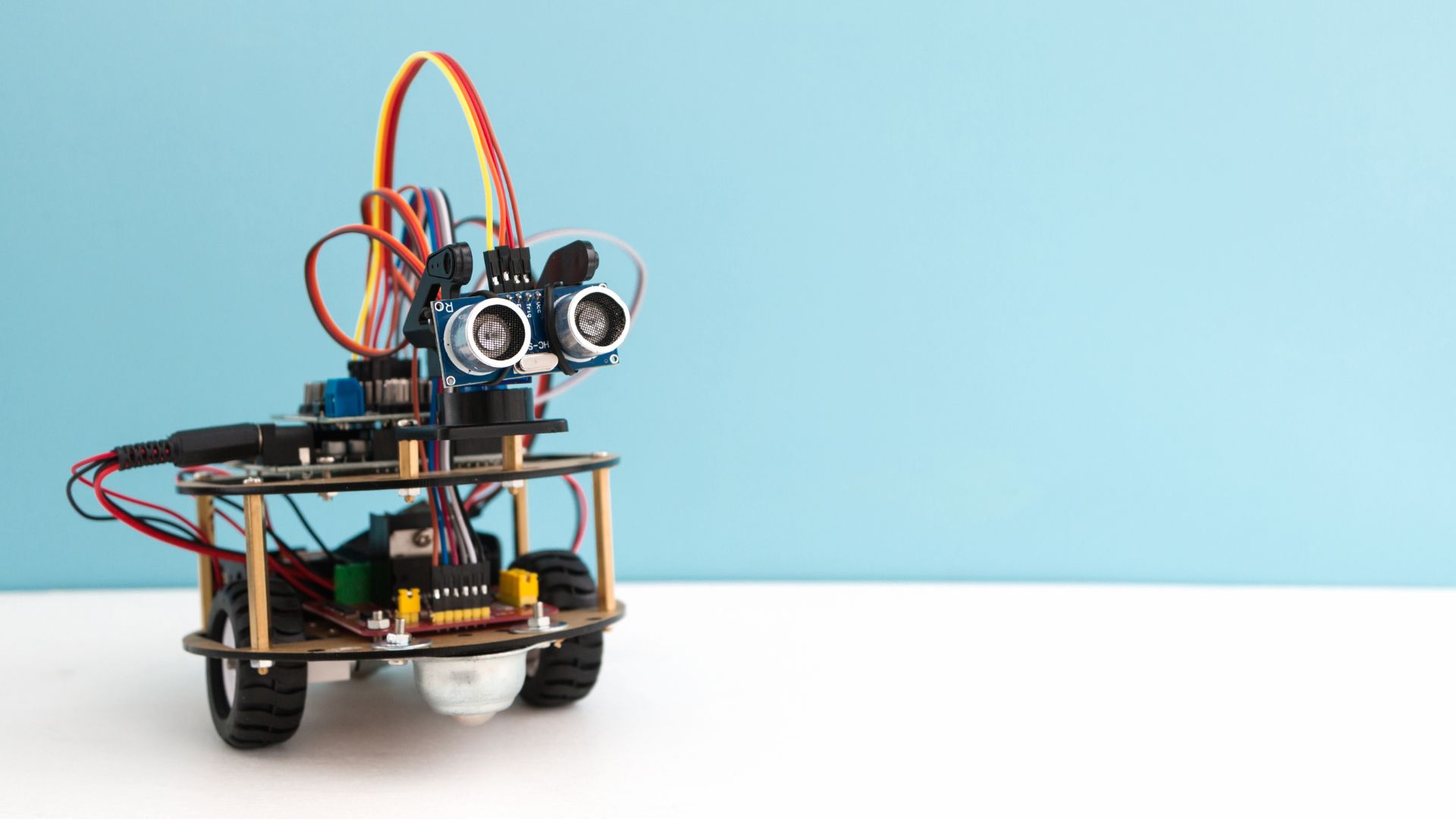
Building a robot is an exciting challenge, but even experienced builders encounter problems. Whether your robot won’t turn on, move properly, or respond to commands, diagnosing the issue is a key part of learning. Here are some of the most common robotics problems and how to troubleshoot them.
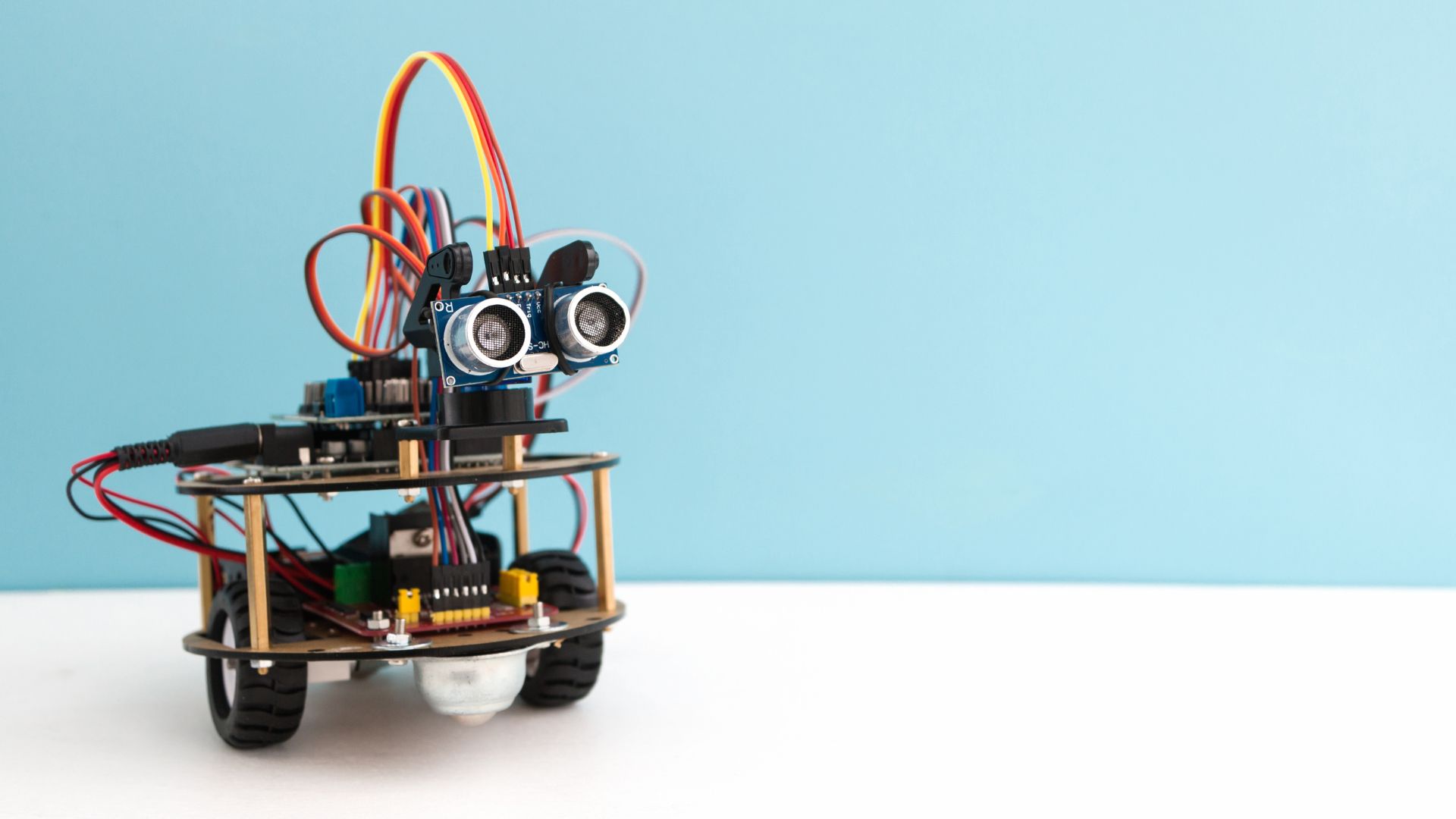
One of the most frequent issues is power failure. If your robot isn’t responding, check the battery voltage, ensure all connections are secure, and test with a multimeter. Low-quality batteries or incorrect voltage regulators can cause unstable performance. Also, confirm that your power supply matches the voltage and current requirements of your motors and sensors.
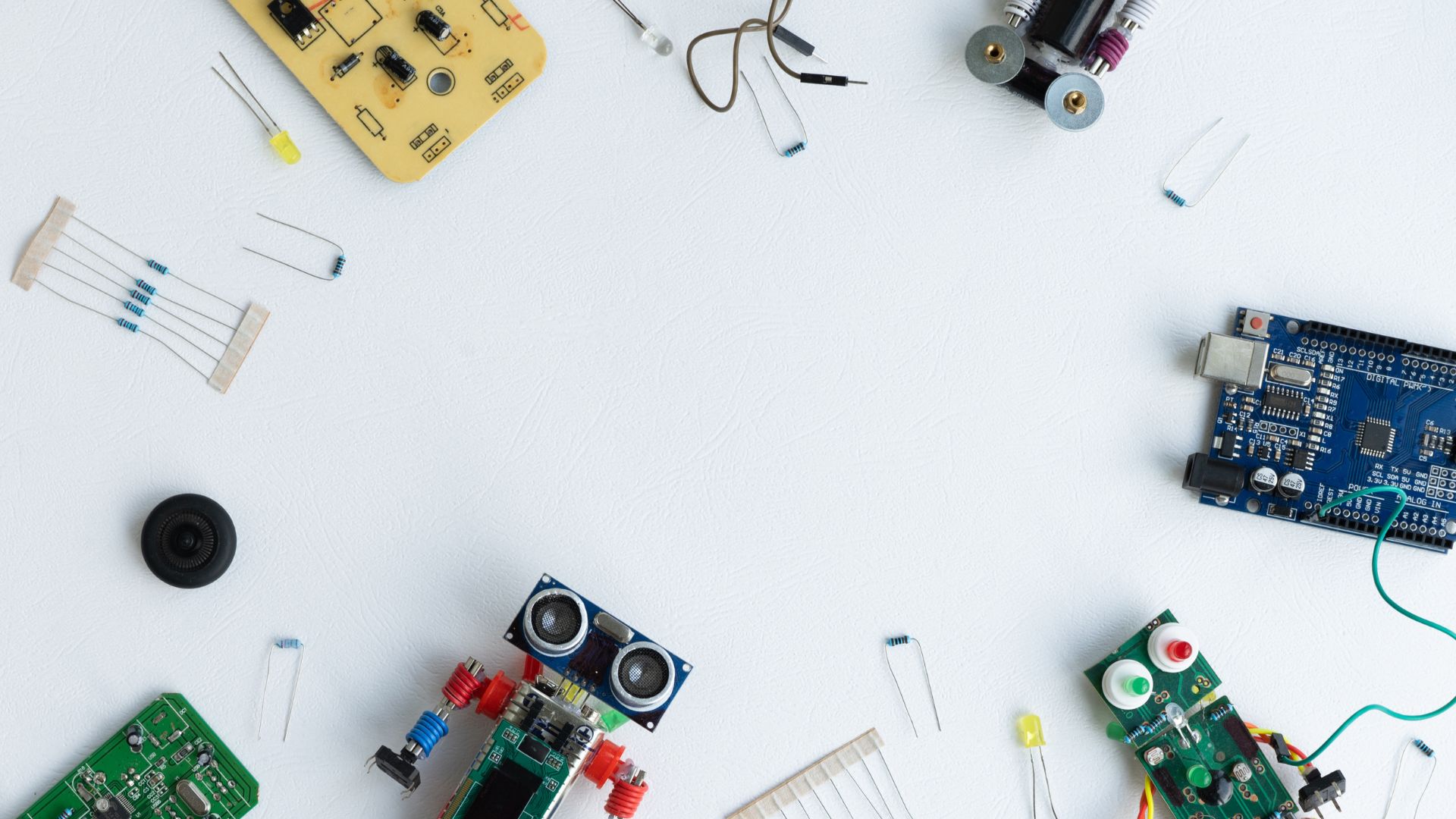
Another common problem is motor or sensor malfunction. If motors aren’t working, inspect wiring, motor drivers, and control signals. Servo motors may need recalibration, while DC motors may require cleaning or replacement. If sensors aren’t responding, check for loose connections and confirm that your microcontroller is receiving proper input data.
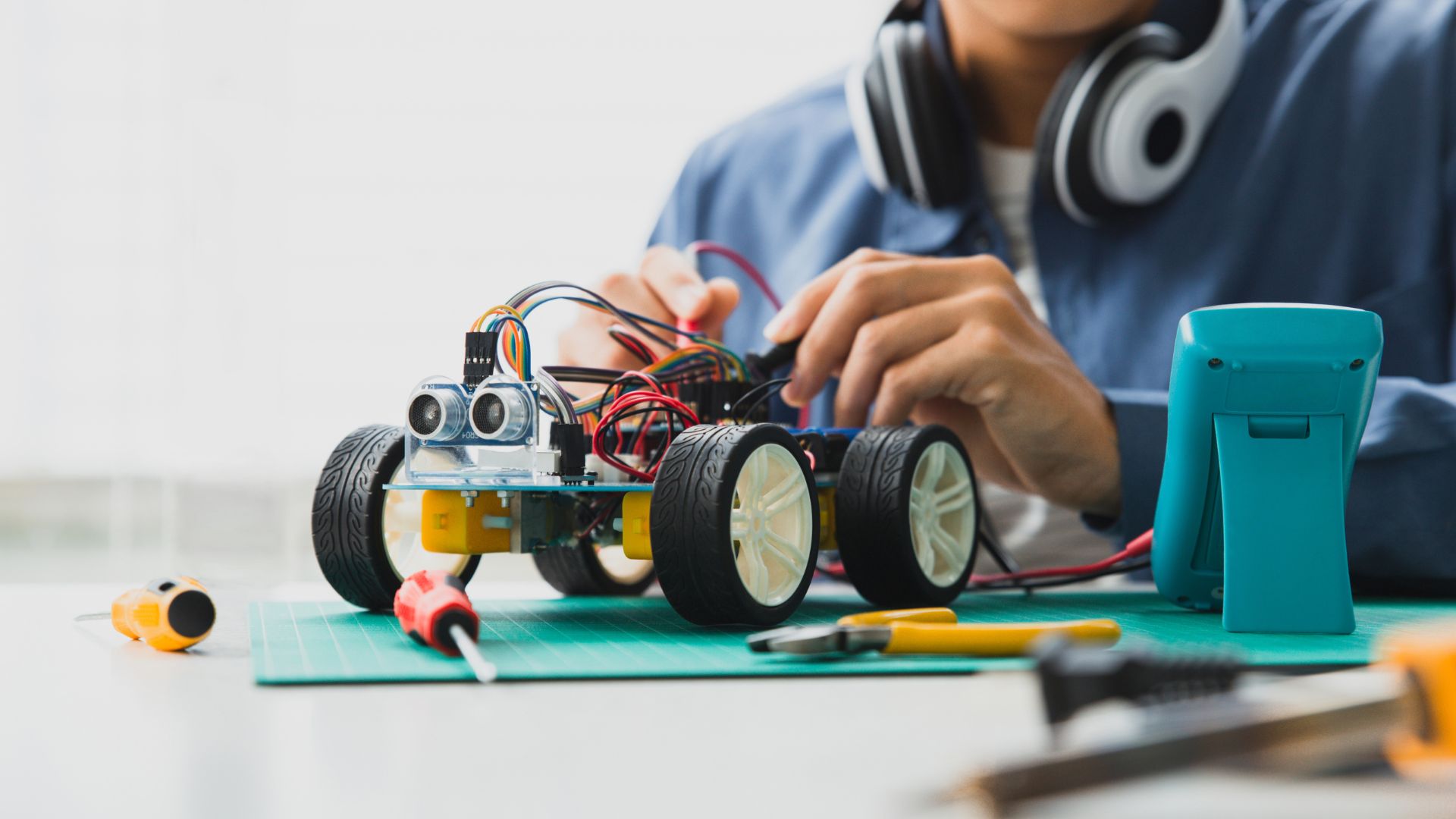
If your robot isn’t moving as expected, the issue may be software-related. Debugging your code using serial print statements helps identify logic errors. Ensure that motor speed, direction, and sensor feedback are properly calibrated. By methodically testing each component and verifying power, wiring, and software, you can systematically troubleshoot and fix most robotics issues.
